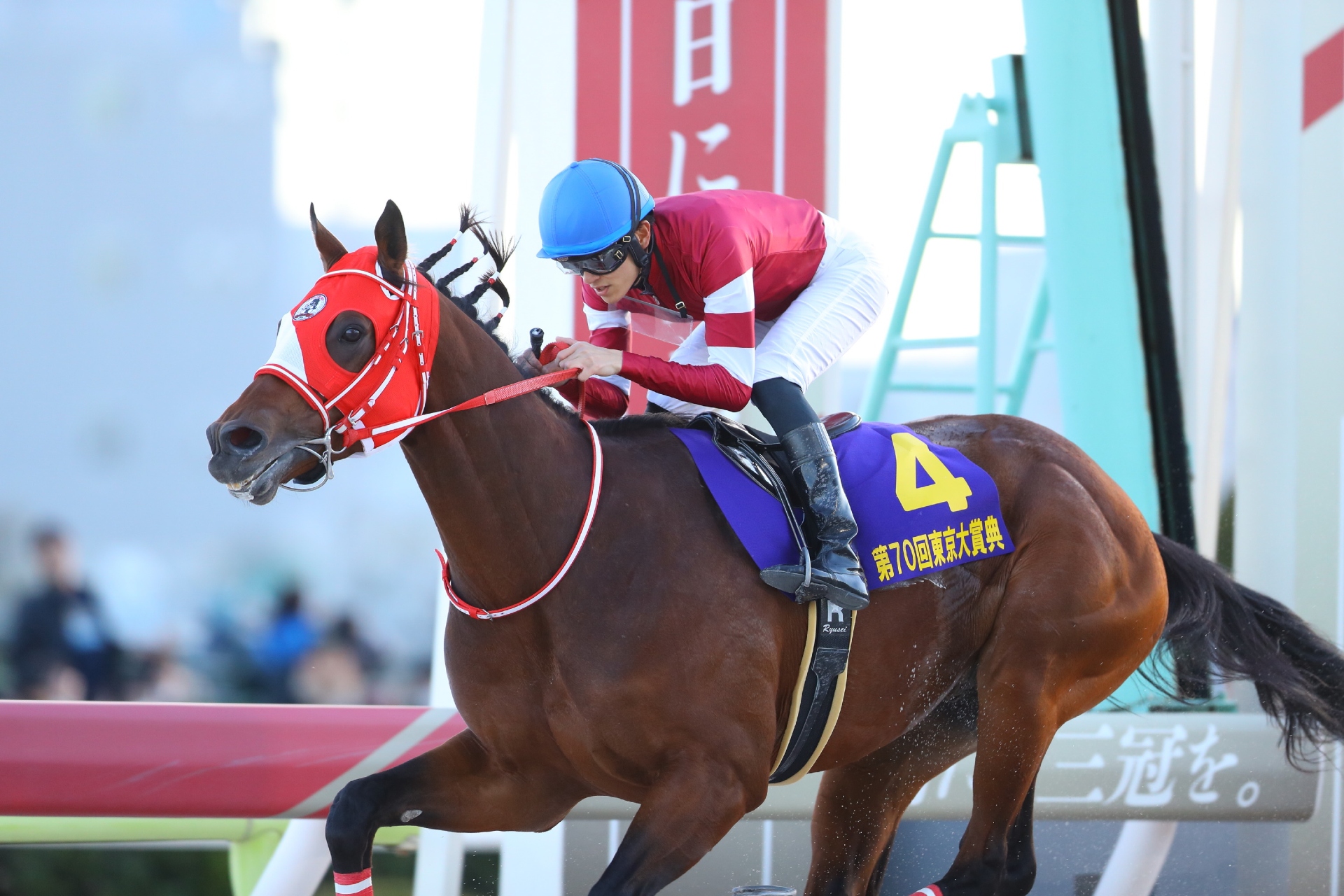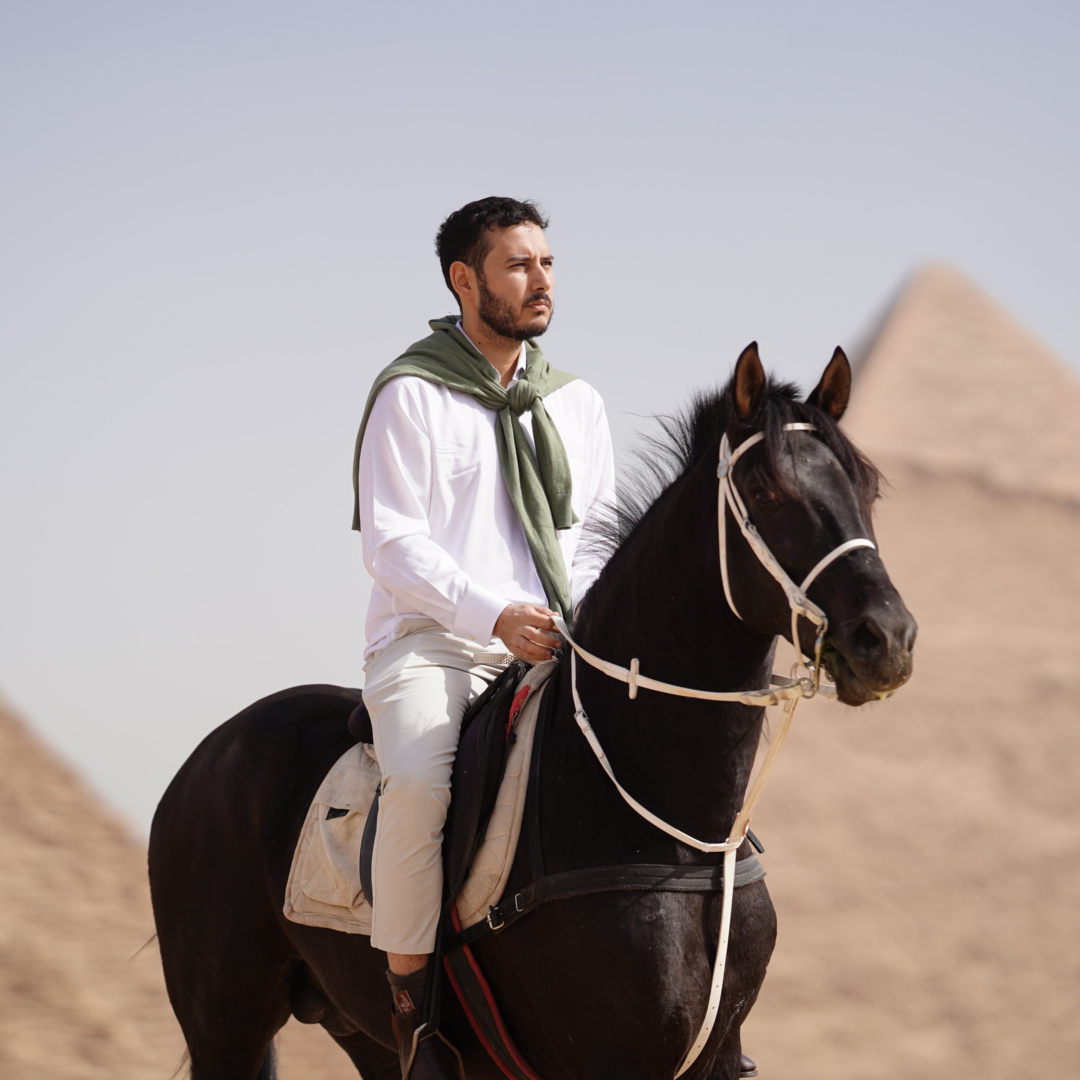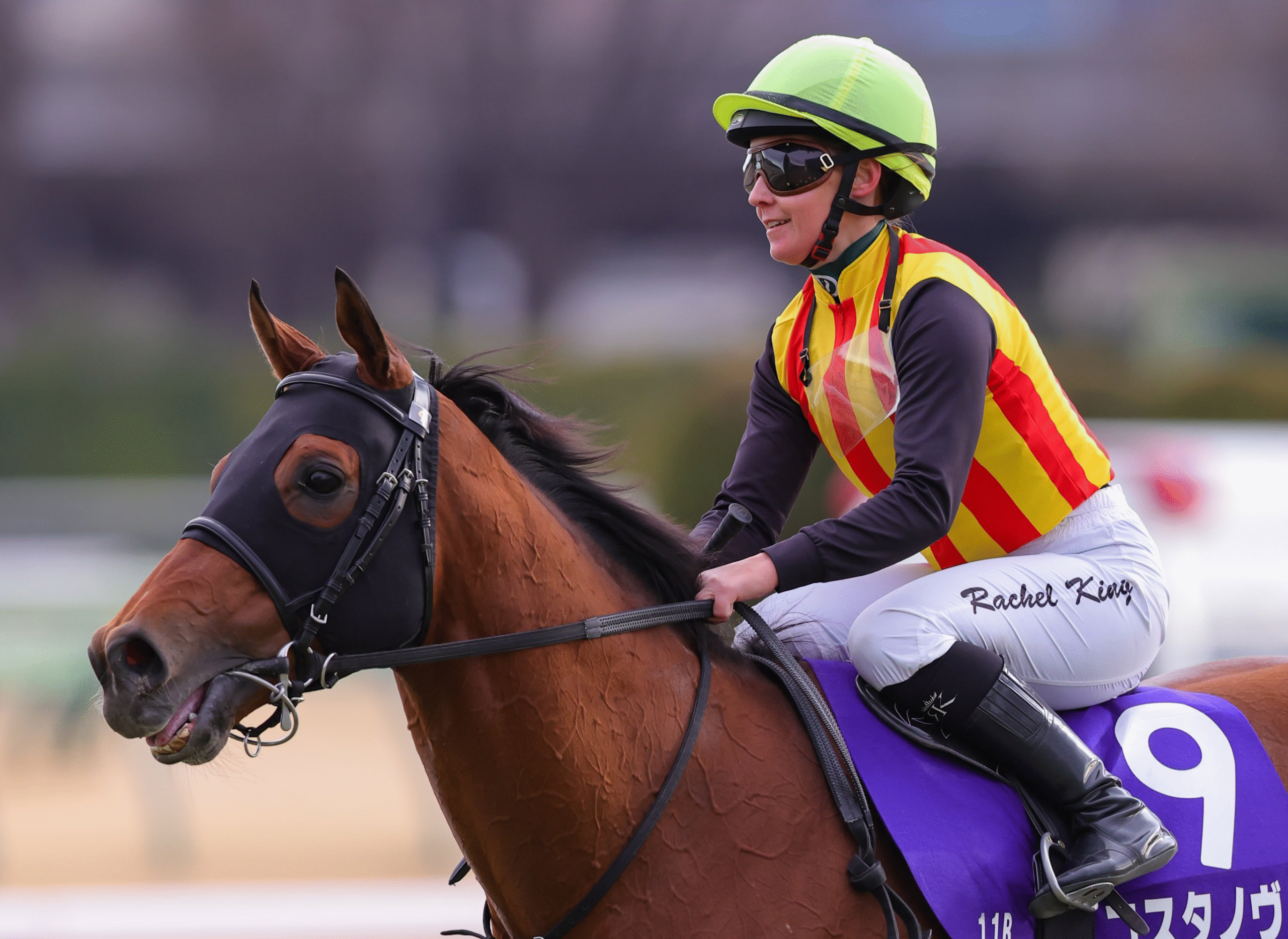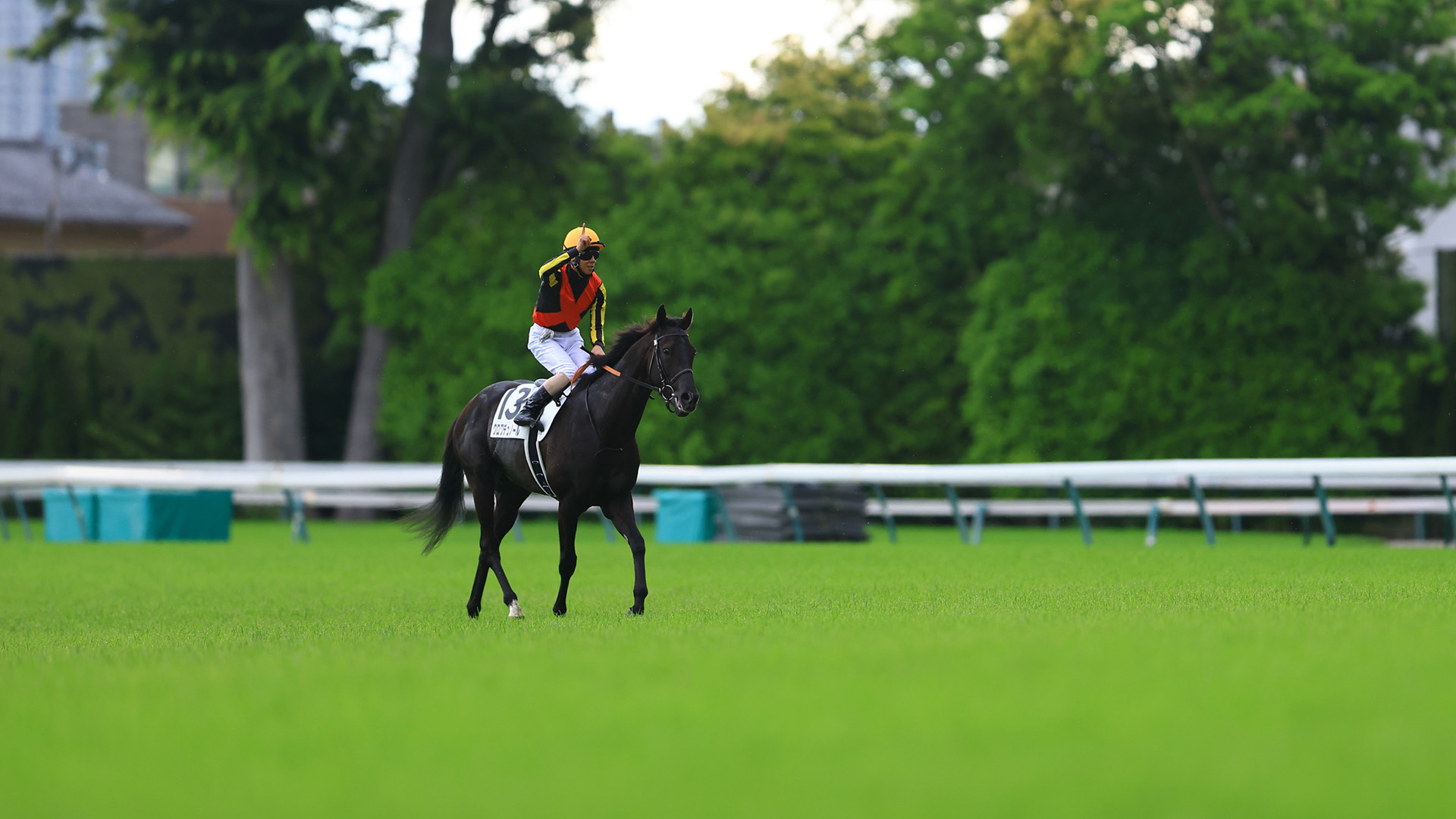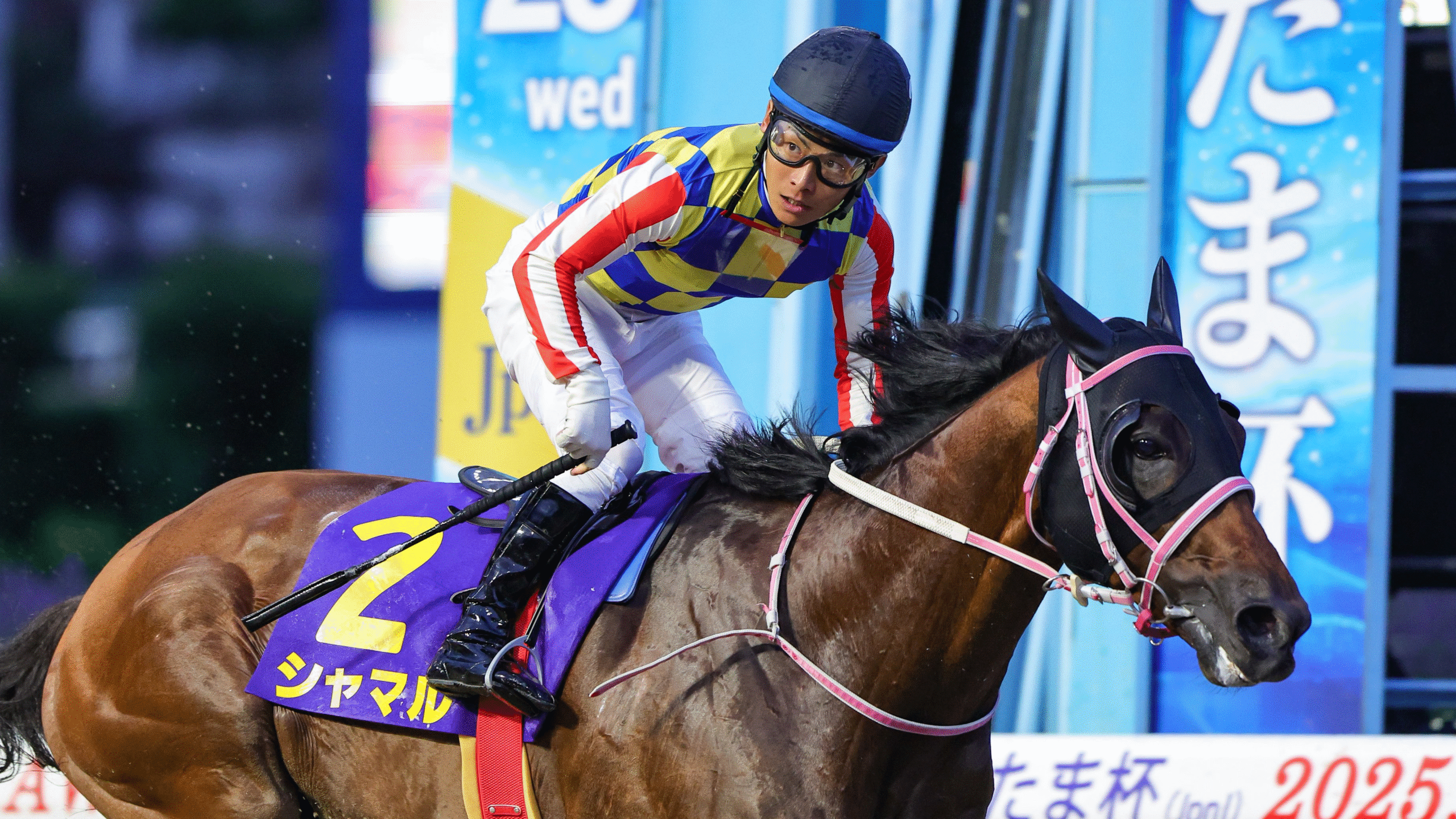It took until the 440th and last international Group 1 of 2024 for one of the stars of the global scene this year, Forever Young, to break his maiden at the highest level, taking the G1 Tokyo Daishoten (2000m) on Sunday.
No horse globally deserved a major more.
As a still-developing three-year-old, Forever Young raced in four different countries this season. The Yoshito Yahagi-trained colt won the G3 Saudi Derby (1600m), the G2 UAE Derby (1900m) and was twice placed at Grade 1 level in arguably the two biggest races in the United States, the Kentucky Derby and the Breeders’ Cup Classic.
He had won a domestic Grade 1, emerging victorious in the JPN1 Japan Dirt Classic (2000m) in October, but that is only considered a Listed race internationally. That made his year-end victory in the Tokyo Daishoten even more significant.
Sent off as a heavy odds-on favourite, Forever Young never really looked in danger, defeating frequent Group 1 placegetter Wilson Tesoro by a length and three quarters. His win confirmed him as Japan’s best on dirt.

In 2025, Forever Young will have the opportunity to stamp himself as the world’s leading dirt horse when he potentially meets rivals like Romantic Warrior, Sierra Leone, Thorpedo Anna, Laurel River and Facteur Cheval.
While he is racking up the frequent flyer points, what is extraordinary is that he is essentially flying the flag for Japan’s second division.
In Japan, there are two organisations that control racing: the top-tier Japan Racing Association (JRA), a federal government body which manages the best races, the biggest tracks and the premier weekend meetings, and the secondary National Association of Racing (NAR), a collective of local and council-run tracks that race every day.
While the JRA circuit contains a mix of turf and dirt races at racecourses like Tokyo, Nakayama, Hanshin and Kyoto, the NAR circuit is almost exclusively dirt with only Morioka hosting turf races.

Forever Young may be trained by Yahagi at the JRA’s Ritto Training Center, but apart from his debut as a two-year-old in Kyoto, he has only raced at NAR tracks in his Japanese starts. For a dirt horse of his calibre, there are more suitable NAR races even though he can only contest certain events open to those from both organisations.
That makes him a flagbearer for the NAR as much as the JRA, even though he is trained by one of Japan’s best horsemen from a JRA facility.
The burgeoning strength of the NAR globally has been especially evident in their flagship race, the Tokyo Daishoten, which is the only Group 1 in Japan not staged by the JRA.
Since 2011, it has held international Group 1 status and it has been won by quality horses like Hokko Tarumae, Copano Rickey and the remarkable Omega Perfume, who won the race four years in a row.
However, it was Ushba Tesoro – another JRA-trained horse who primarily raced in NAR events – who took the race to another level, taking the Christmas feature in 2022 before winning the Dubai World Cup in 2023. He won the Tokyo Daishoten again last year before he was just edged out in this year’s Saudi Cup.

While Ushba Tesoro has had a terrific career that is set to come to a close in the Middle East in the coming months, he has never legitimately been considered the world’s premier horse on dirt. There were always American horses that were superior.
In the next three months, Forever Young can become the first Japanese horse to truly wear the world’s dirt crown. Everything points to him earning champion status as a four-year-old – which would be an exciting milestone for Japanese racing ∎
